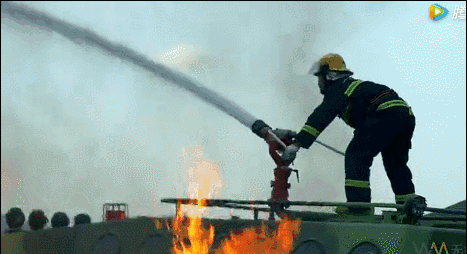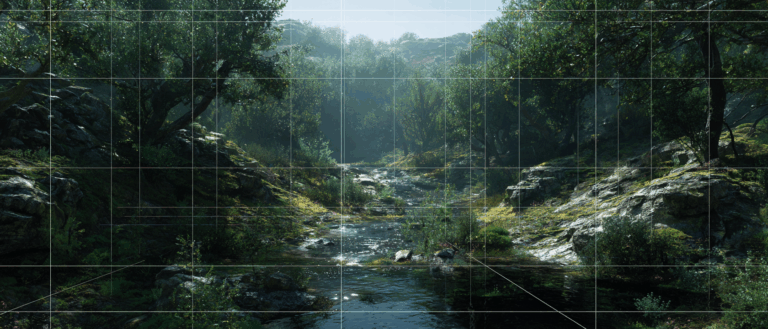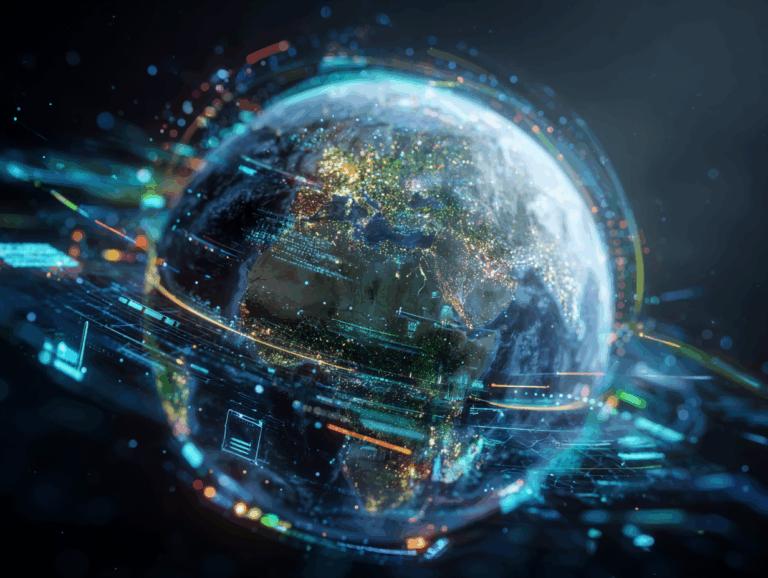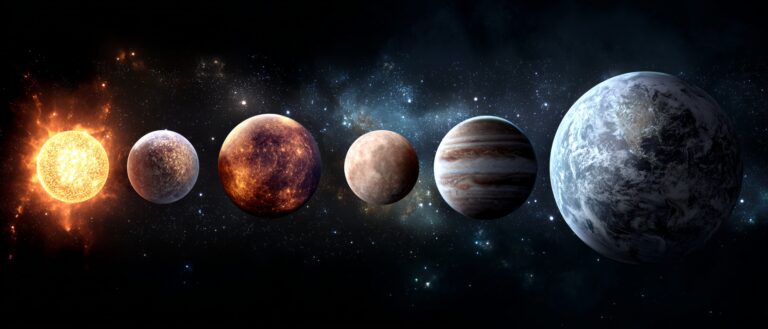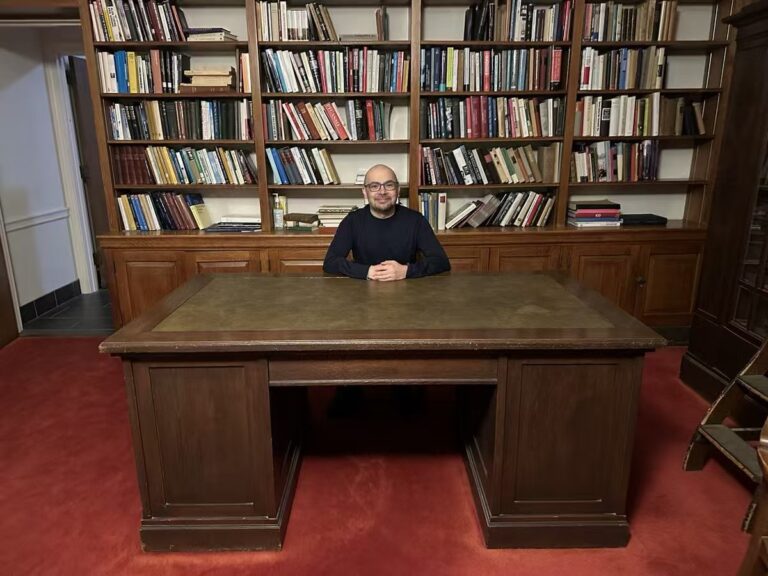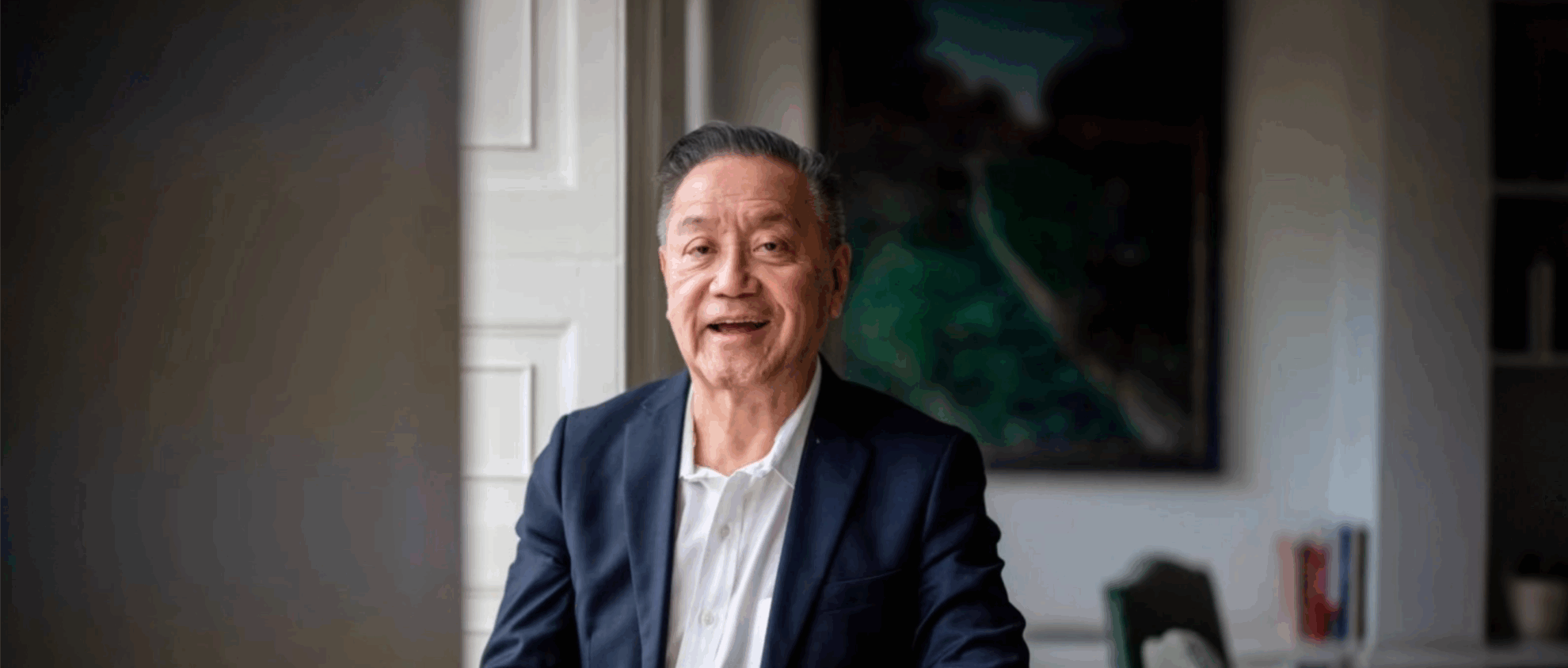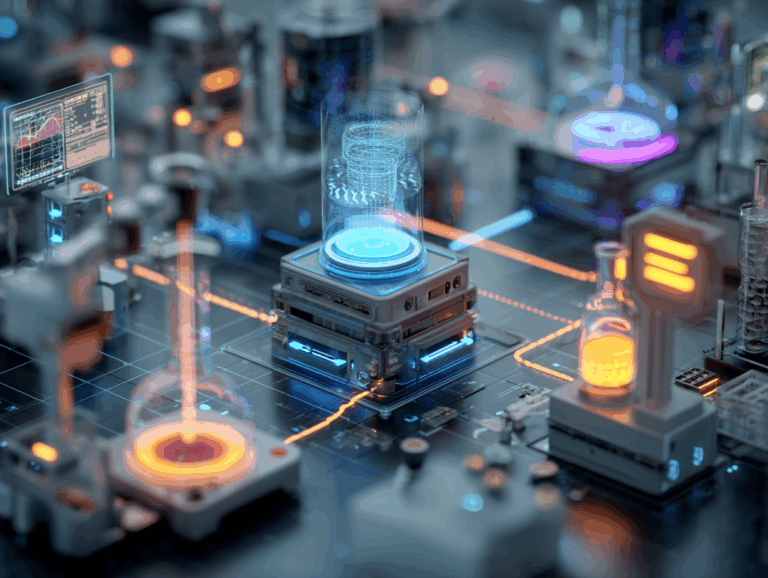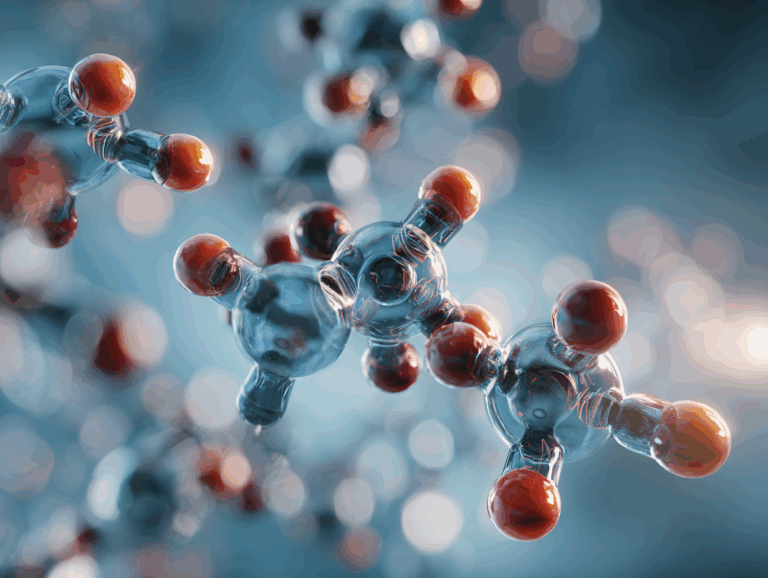Command Palette
Search for a command to run...
Brazil Signs Presidential Decree to Mobilize the Nation to Develop Firefighting Solutions
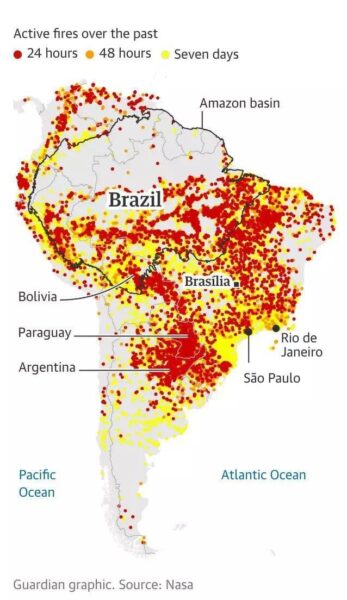
On August 20, NASA released images from its satellite monitoring, saying that the Amazon rainforest was shrouded in smoke and was experiencing a large-scale fire. Up to now, the fire has lasted for half a month, and the Brazilian government has finally signed an order to mobilize various departments in the country to find a solution to extinguish the Amazon forest fire.
The largest tropical rainforest in the world.Amazon rainforest,I have been struggling in the sea of fire for more than half a month.
Every year during the dry season (summer in the northern hemisphere), there will be small-scale forest burns in the Amazon rainforest. Some of the fires are caused by local small farmers legally opening up farmland, and some illegal loggers may also cause fires, but they are all within controllable range.
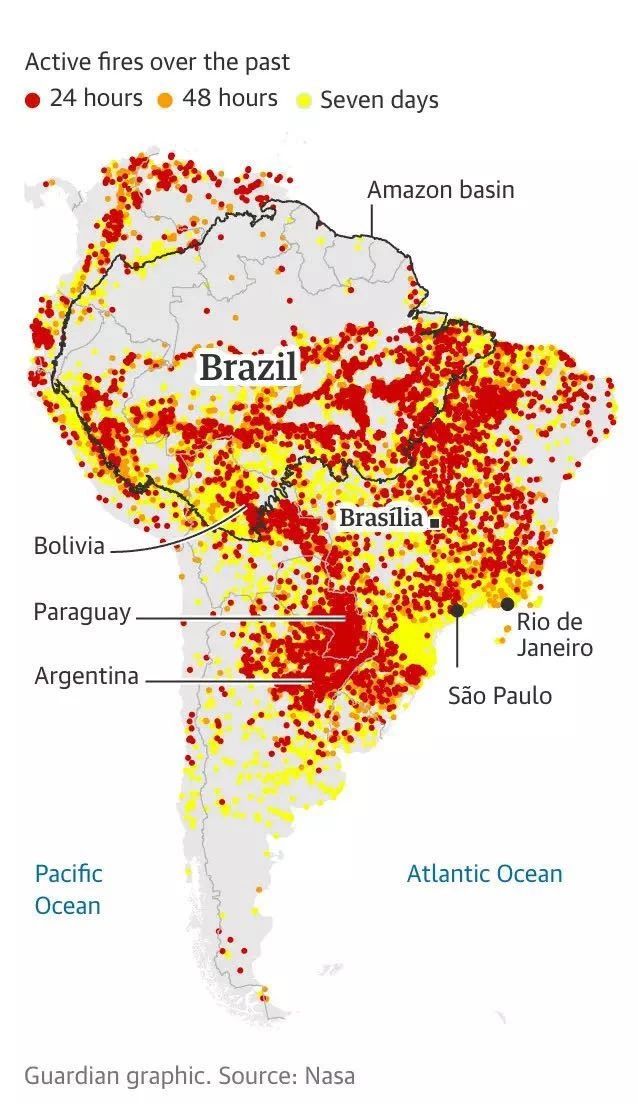
However, the fire is now out of control. According to the latest satellite data analysis by the Brazilian National Institute for Space Research (INPE), the current area of Amazon forest fire is 82% larger than the burned area in 2018.
Some areas are burning so fast that about 10,000 square meters (about the size of two football fields) can be burned per minute.
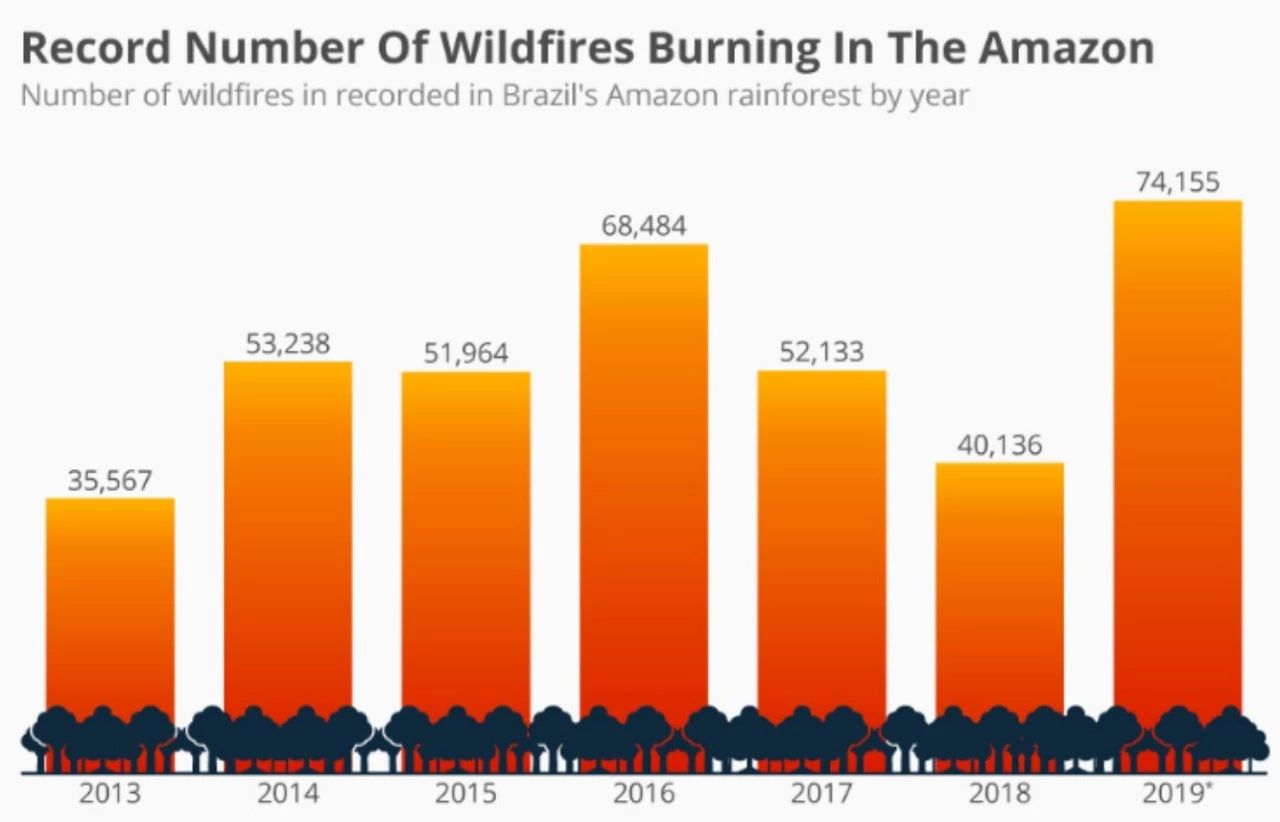
Not only that, the number of fires in the Amazon rainforest this year has hit a record high since 2013, and so far it has experienced More than 74,000Fires, twice as many as in 2018.
Fighting fire: a mustA race against time
There are many different opinions about the cause of the fire, but what is certain is that Brazilian President Bolsonaro has signed an order to mobilize various departments in the country to find solutions to extinguish the Amazon forest fire.
The Brazilian government is expected to announce initial measures within the framework of the firefighting plan on the morning of the 23rd local time. Onyx Lorenzoni, director of the Brazilian presidential office, said:"All departments were mobilized to submit solutions.From precision actions involving fires and deforestation to whole-region solutions."
In addition, Chile, Argentina and Venezuela have also offered to provide assistance in fire fighting in Brazil.
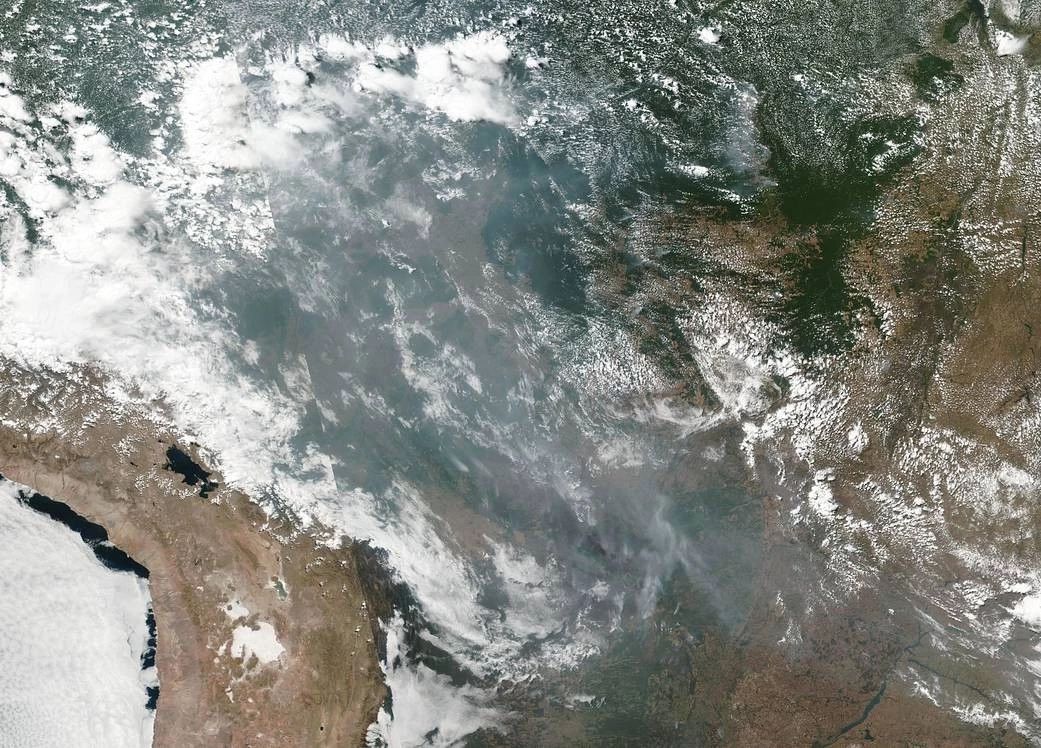
In response, some organizations have begun to step up their efforts to save the Amazon rainforest, advocating for monitoring deforestation, donating to plant trees, purchasing land, etc.
In addition, artificial intelligence has long been playing a role in the face of fire, helping us race against time and minimize the loss of life and property.
Artificial intelligence at work in fires
A case that Brazil can refer to is that during the devastating California wildfires last year, a company called CrowdAI participated in the rescue through satellite data and integrated image vision technology.
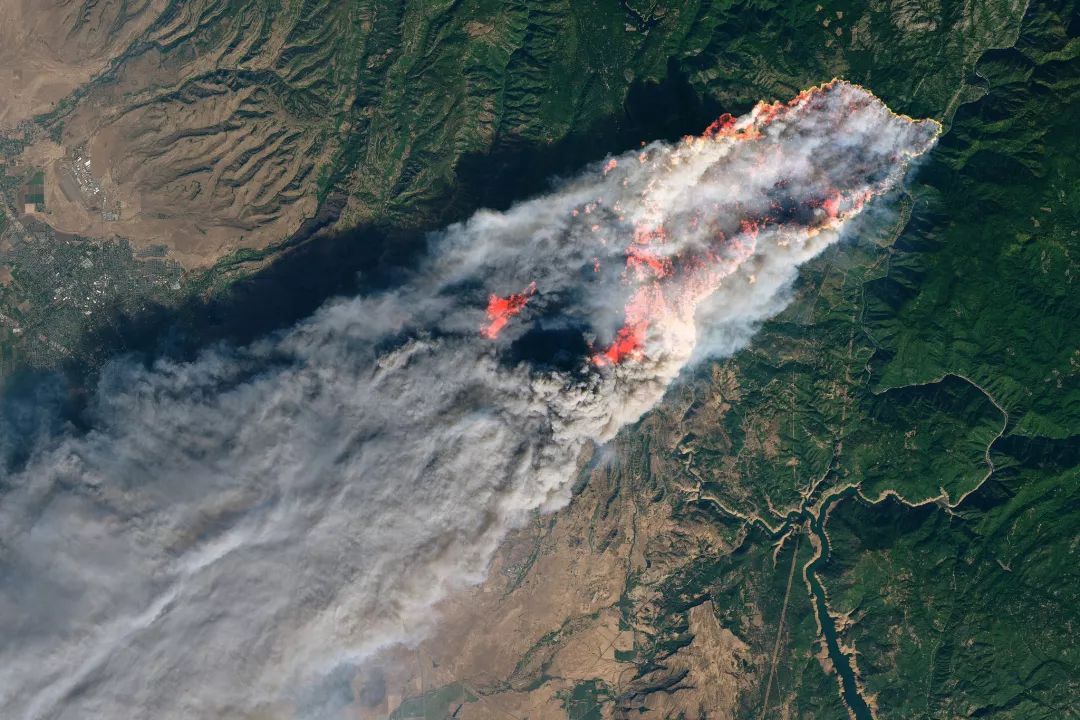
CrowdAI uses satellite imagery from Spacenet and Deepglobe, as well as data from DigitalGlobe and Planet Labs, to train convolutional neural networks.
It only takes one second to predict and assess the extent of the disaster.Then report the assessment results to the rescue command center to help scientifically allocate rescue resources.Develop a more scientific rescue plan.
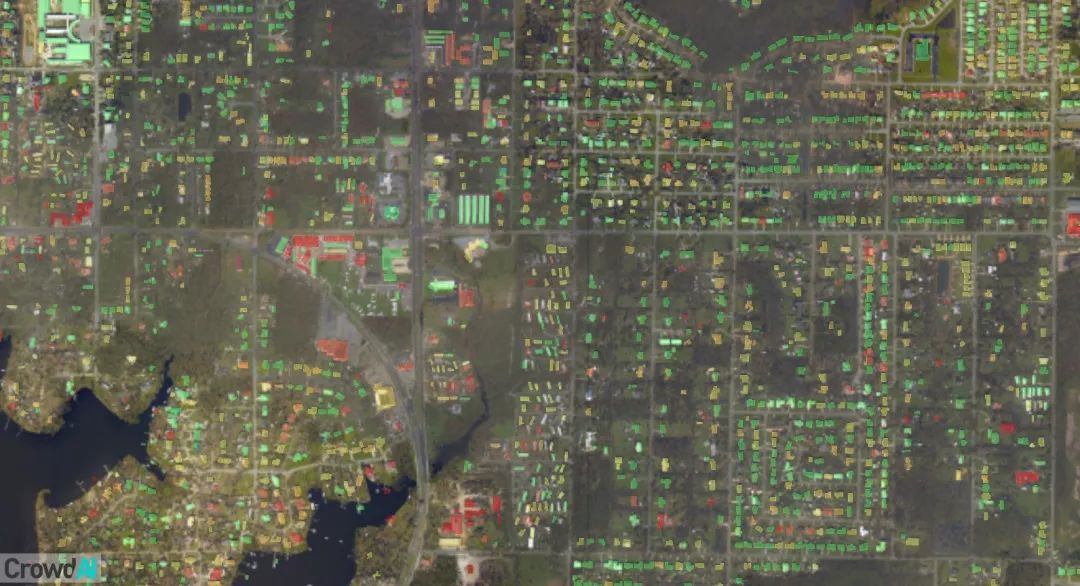
With the help of CrowdAI's customized deep learning model, in addition to labeling conventional house buildings, it has also expanded to independent structures such as carports, utility sheds and barns.
In that fire, after identifying the structure from satellite imagery, the AI model marked the location of the damage with red dots based on a comparison of images before and after the disaster.
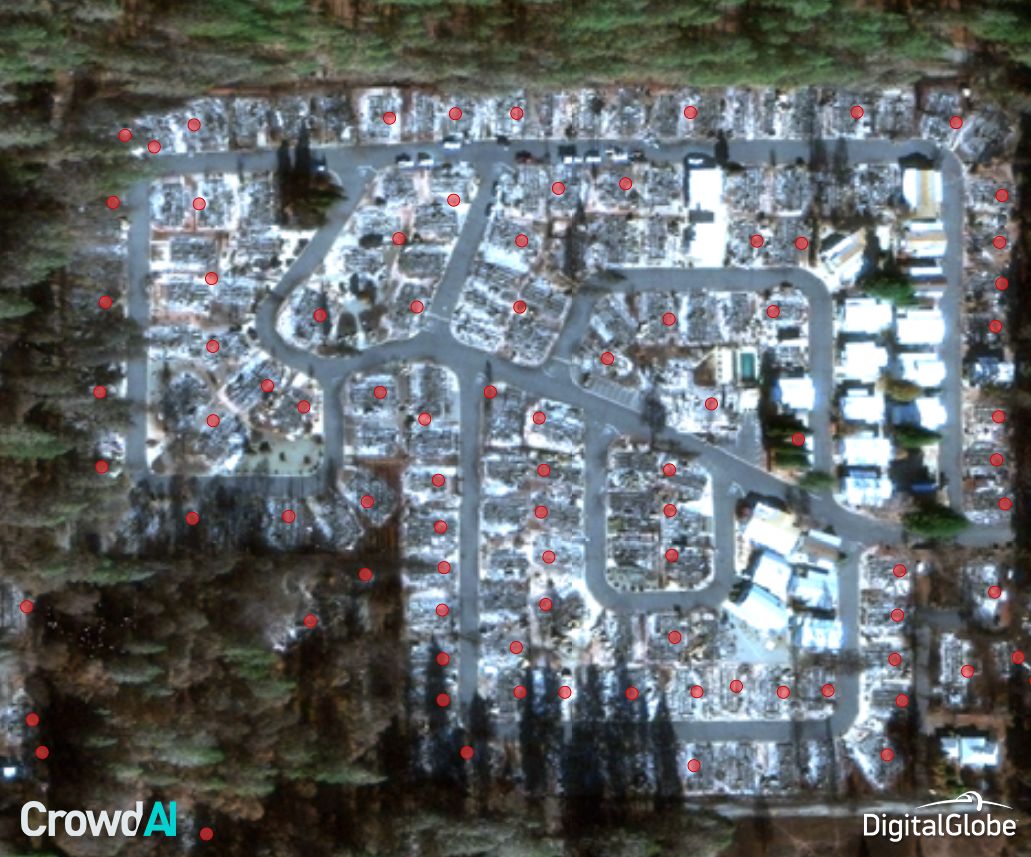
Expanding to the entire area, the severity of the disaster can be determined by the number of marked points, and different colors can be used to distinguish the degree of the disaster.
Finally, marking them on Google Earth or ArcGIS can provide guidance for disaster relief and reconstruction work.
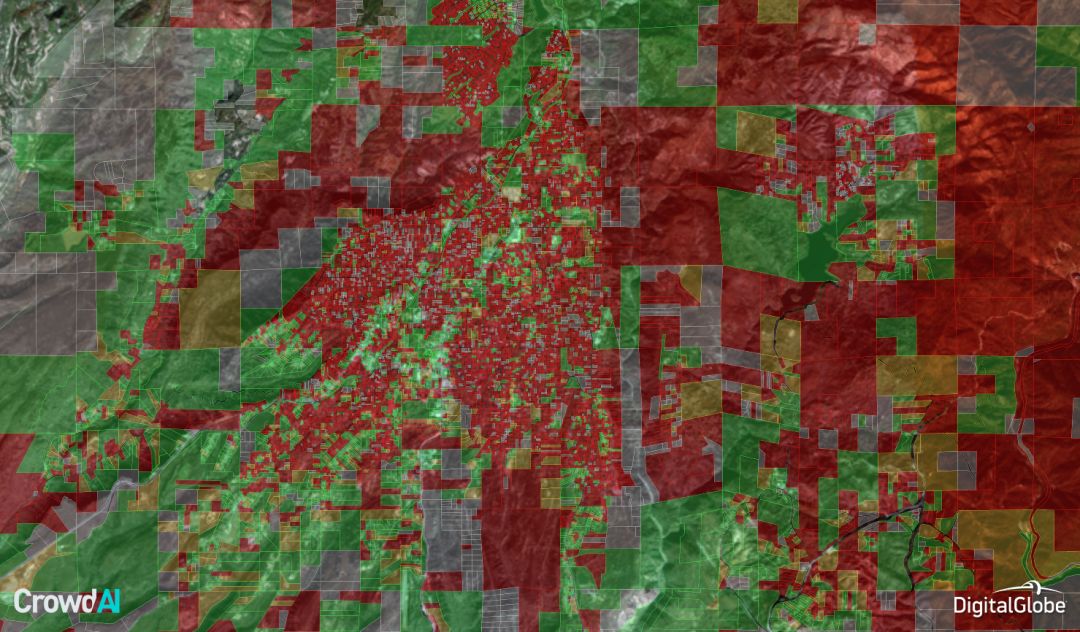
Devaki Raj, founder and CEO of CrowdAI, said of the ongoing pursuit of evaluation speed:“When disasters happen, we have to predict them quickly, and that’s why we need this speed."
Many rescue workers and government officials use this rapidly generated data to more rationally coordinate rescue efforts, which improves the efficiency of solving critical problems.
In order to complete the disaster assessment as accurately as possible, previous methods required a large amount of data training, but Jigar Doshi, head of machine learning at CrowdAI, mentioned that "because machine vision technology is already very mature, we don't need to train a large model (for disaster conditions) to conduct effective assessments."
In the face of disasters, technology brings humanistic care
In addition to CrowdAI, other companies and organizations are making similar efforts.
The Nature Conservancy, is using small satellite images and AI technology to introduce forest firefighting tools. Through a large number of small satellites, high-definition pictures are taken to monitor forest conditions in real time, and through AI data analysis, prevention and warning can be made in a timely manner.
There is also a Salo Science The company is using AI technology to study forest fire risk assessment. The AI product they are developing is also based on satellite images and data. By analyzing the conditions of trees, terrain, topography, and combustible materials, it provides firefighters with forest regional topographic maps and risk indicator data, helping them make better choices when danger comes.
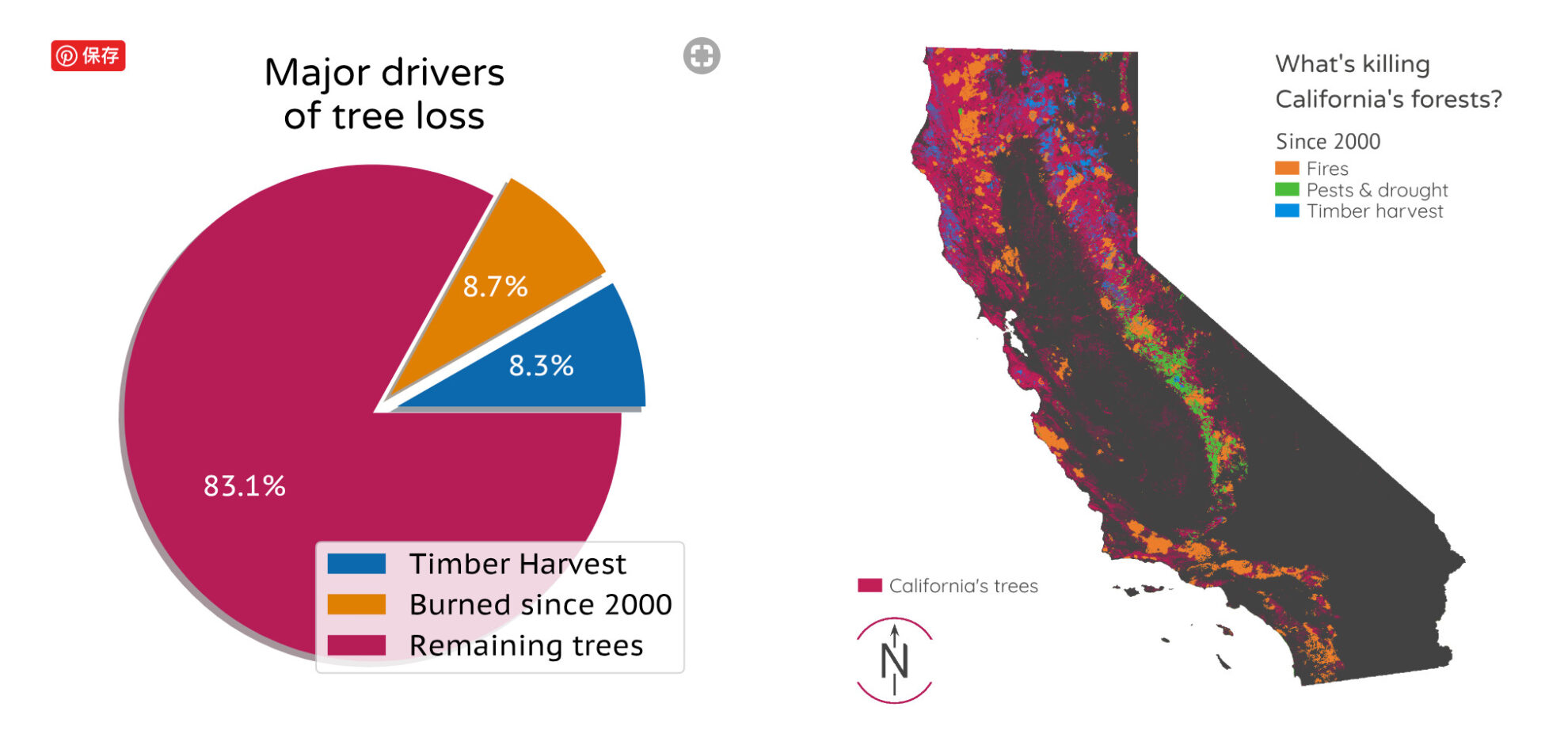
In addition, research on firefighting robots has also been progressing. In a recent report, a firefighting robot in Xiaoshan performed well in a fire, rushing into the fire, exploring the way, and cooperating with firefighters to successfully put out the fire. However, firefighting robots are not smart enough to cope with complex terrains, and currently cannot carry out disaster relief alone.
Prevention is more important than post-disaster planning
The fires in the Amazon rainforest have caused a stir around the world.
In addition to the focus on the fire itself, the problems of developing countries, environmental protection, arable land and news dissemination reflected behind the fire are all being hotly discussed.
Google and McKinsey Global Institute mentioned in a report:“AI can provide rescue work and emergency preparedness more accurately, faster and more widely than human rescue."
Perhaps in the future, disaster relief solutions combined with artificial intelligence or robots will be able to deal with fires, earthquakes, floods, and other disasters. But the most important thing is that before technology intervenes,People's own consciousness and self-control, which can keep the earth away from the harm of fire.
